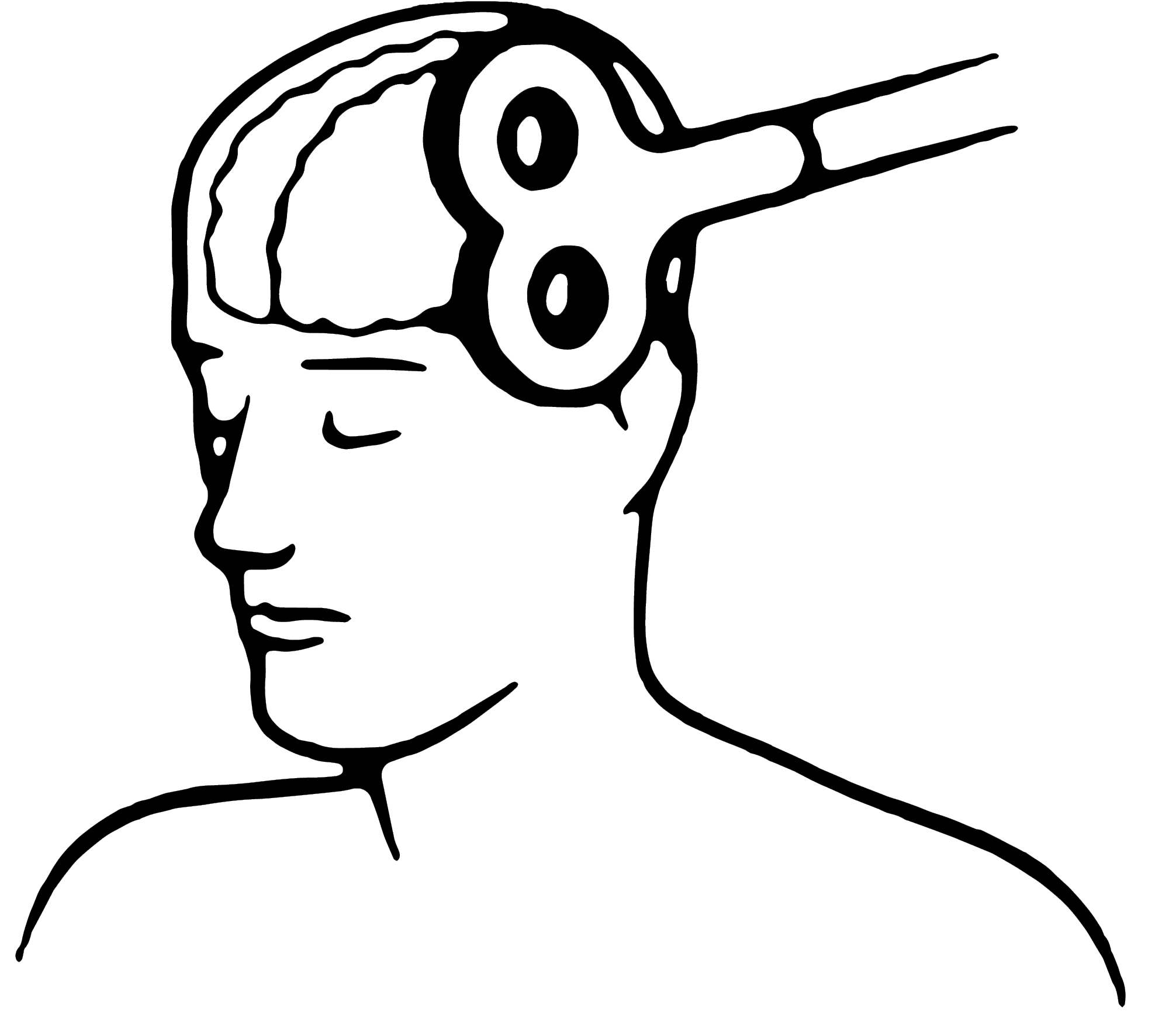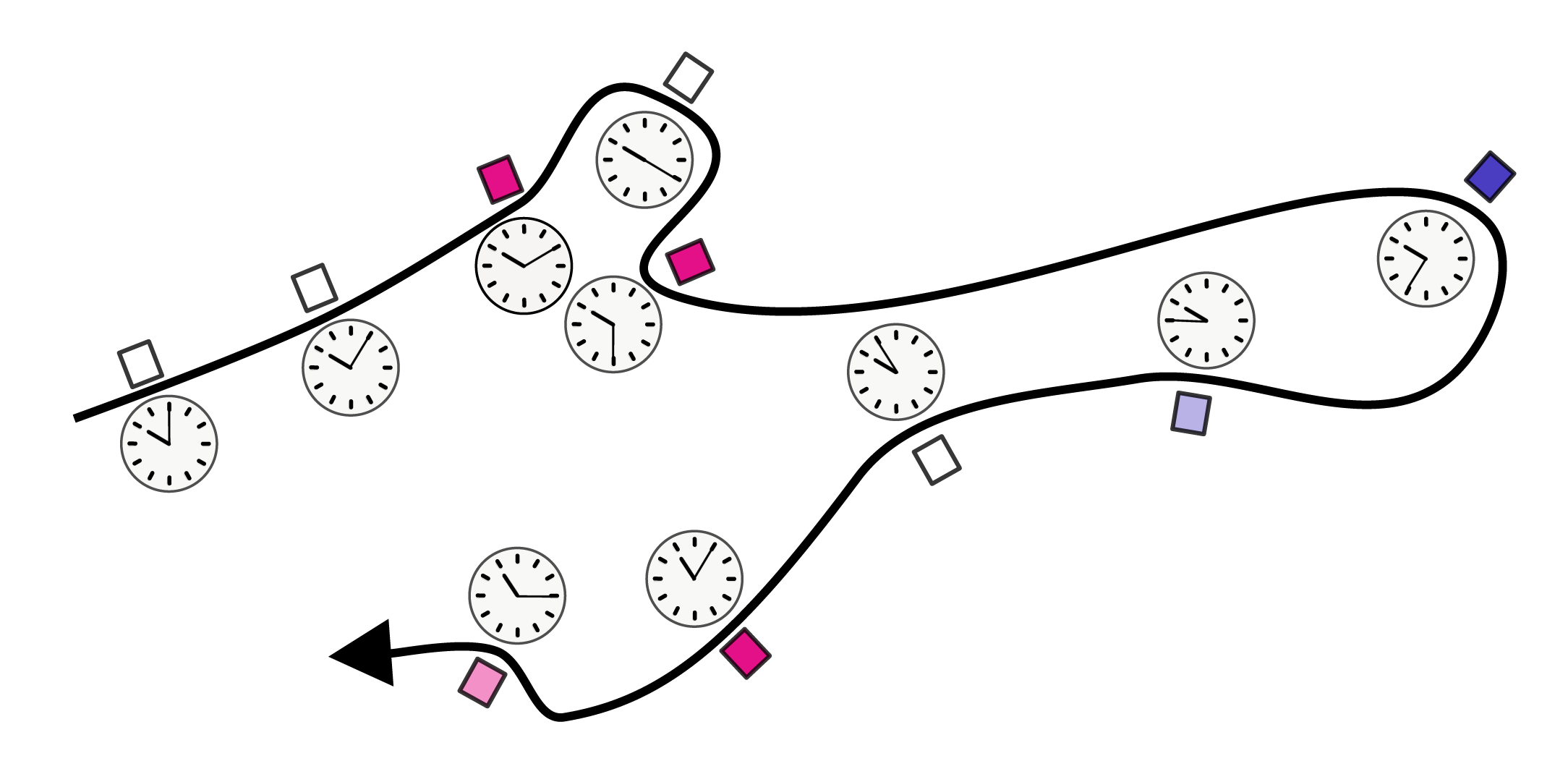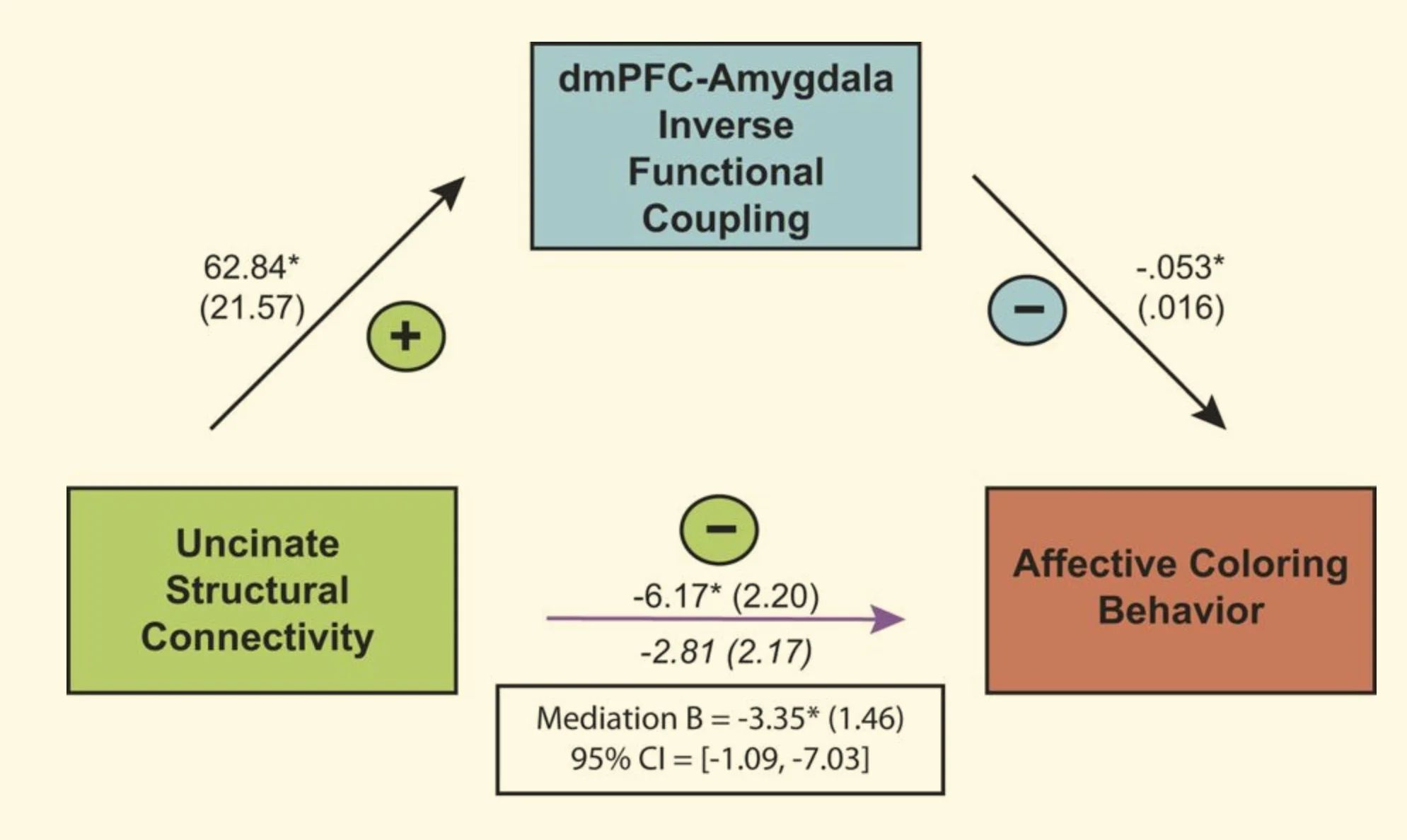Organizational principles of the frontal lobe.
There is broad consensus that the prefrontal cortex plays a pivotal role in goal-directed behavior, emotional processing, and regulation, but our understanding of the functional contributions of neuroanatomically distinct prefrontal regions remains elusive. Using advanced neuroimaging (fMRI) analysis, transcranial magnetic stimulation (TMS), and electroencephalography (EEG), the LEAP Neuro lab seeks to uncover how distinct regions of the frontal lobe shape cognitive control, emotion, and memory. Our prior work highlighted a causal role for mid-lateral prefrontal cortex (LPFC) in constraining the automatic influence of emotional information on subsequent appraisals—in other words, reducing affective “spillover” from one moment to the next, which prevented the formation of biased emotional memories (Lapate et al., Psychological Science, 2017). More recently, our research has begun to elucidate functional differences across distinct LPFC regions during emotional processing. For instance, the lateral frontal pole appears to play a particularly integrative role compared to other PFC regions, featuring conjunctive representations of emotional valence and action goals that support goal-directed behavior (Lapate, Ballard, Heckner & D’Esposito, Journal of Neuroscience, 2022; Stasiak et al., Journal of Cognitive Neuroscience, in press). By combining individualized, information-guided TMS and fMRI, our work has also shown that the strength of multivariate action-goal representations in mid-LPFC can be markedly reduced by TMS, which disrupts cognitive control during emotional processing (Lapate, Heckner, Phan, Tambini & D’Esposito, Nature Communications, 2024). Another line of work tests whether organizational principles of cognitive control along the rostro-caudal axis of LPFC generalize to the domain of emotion via functional connectivity gradients with the amygdala (Lapate, Heckner & D'Esposito, in prep.).
Temporal memory.
A hallmark of emotion dysregulation in mood and anxiety disorders is not the mere expression of particular emotional states, but rather their persistence over time (Davidson 2000, Lapate & Heller, Nature Human Behaviour, 2020). How does the brain prevent affect from persisting outside of its appropriate temporal context? Does the neural coding of temporal context govern the fate of emotional responses—including their propensity to bias appraisals of future events? Conversely, do amygdala-dependent emotional responses change temporal coding and temporal memory? In a growing line of research, which includes the development of new methods to measure and manipulate temporal coding, our laboratory examines these questions using behavioral assays, psychophysiology, EEG and fMRI (Li & Lapate, Emotion, 2024; Wang & Lapate, Cognition & Emotion, 2025; Wang, Tambini, & Lapate, TICS, 2022)
Function of conscious awareness.
Conscious awareness refers to processing accompanied by subjective experience, about which one can report under normal circumstances. Our information processing capacity is limited, thus we are frequently exposed to more signals than we are consciously aware of. As social creatures, those signals often include non-verbal cues with emotional information, such as facial behavior that emerges during our interactions with others. Given the adaptive value of those cues, it is unsurprising they are easily processed, and can provoke certain neural, peripheral physiological, and behavioral responses regardless of us being subjectively aware of them. But what then, if any, is the function of conscious awareness? Awareness of emotional triggers is commonly encouraged in the clinic, yet, research evidence examining or supporting its benefits is scarce. Using visual awareness manipulations, in conjunction with peripheral-physiological indices of emotional responding, our prior work suggested that conscious awareness facilitates the regulation of affective “spillover” of emotional responses to unrelated social stimuli (Lapate et al., Psychological Science, 2014). This behavioral-regulatory benefit of conscious awareness was associated with enhanced function of lateral and medial PFC circuitry targeting the amygdala, as indicated by converging evidence from functional and structural indices of amygdala-prefrontal connectivity (Lapate et al., Scientific Reports, 2016). When probing the causal contributions of this circuitry, we found that function of the lateral prefrontal cortex (LPFC) promoted metacognitive awareness of emotional faces, particularly of their perceptual features (as opposed to their emotional valence per se; Lapate, Nature of Emotion, 2018; Lapate et al., Communications Biology, 2020). Our ongoing work examines whether and how awareness of bodily responses (i.e. interoception) informs emotion metacognition.
Emotional responding & regulation.
In everyday life, we are frequently challenged by negative and positive emotional events. What features of emotional responding promote resilience over the lifespan, and reduce vulnerability to stress and psychopathology? A continuing overarching goal of research conducted in the LEAP Neuro lab is to understand mechanisms that govern the duration of emotional responses and their context-appropriate expression. Our prior work uncovered that voluntary, goal-based emotion-regulatory capacity is shared across the domains of negative emotion and nociceptive pain (Lapate et al., Journal of Cognitive Neuroscience, 2012), and that short-lived spontaneous emotional reactions to positive stimuli are associated with prolonged psychosocial stress and increased incidence of depressive symptomatology (Lapate et al., Psychophysiology, 2014; Lapate & Heller, Nature Human Behaviour, 2020).









